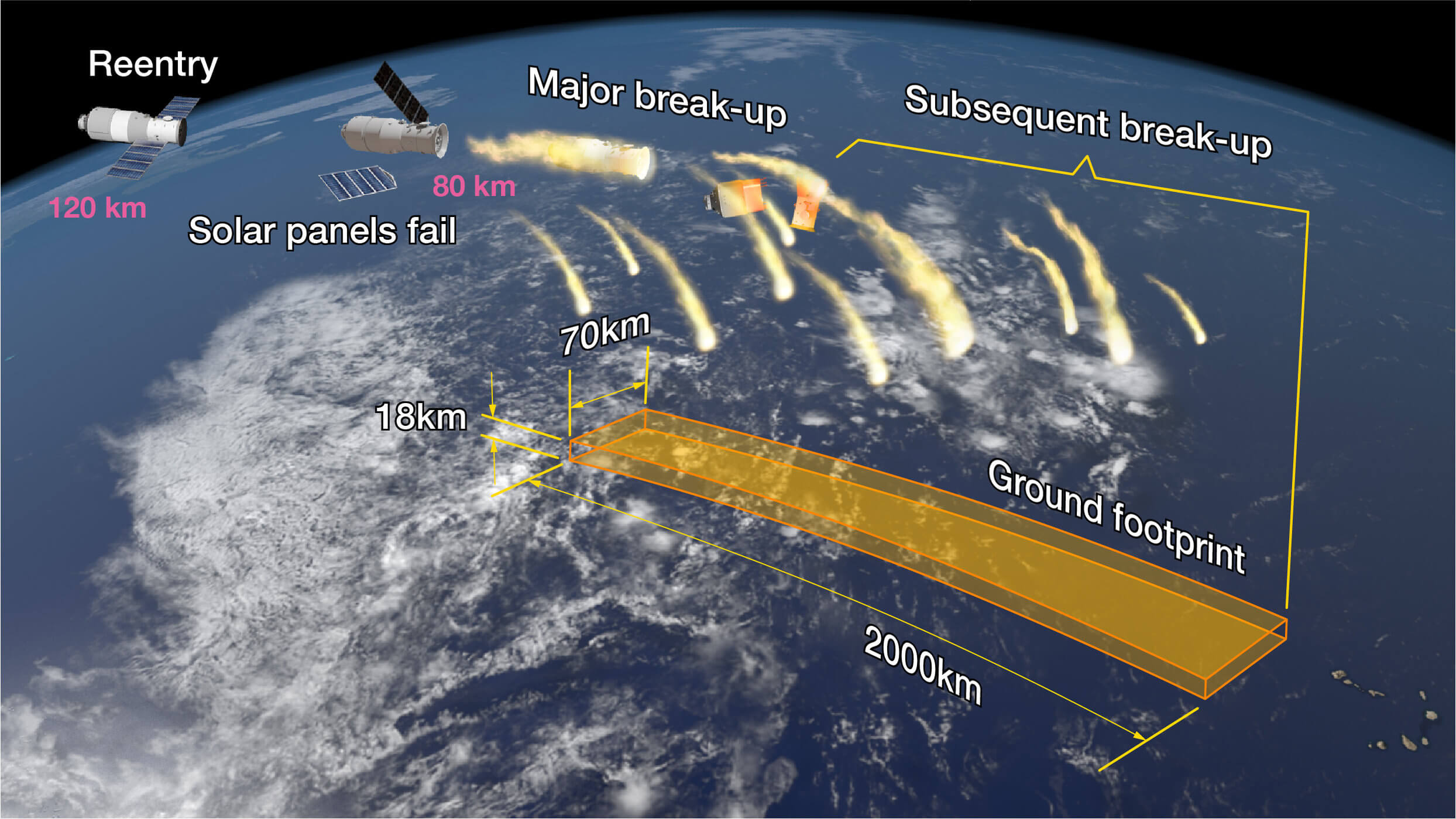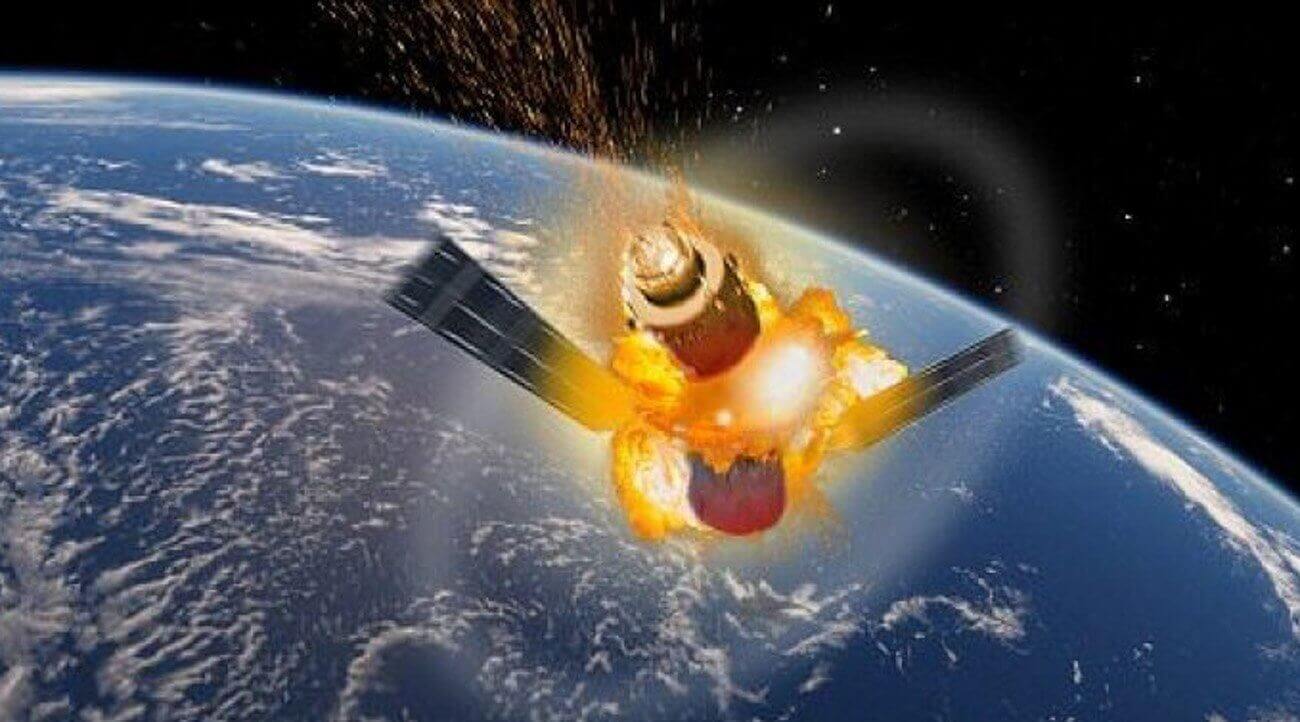China's first space station Tiangong-1 has made its way back into Earth's atmosphere over the Pacific Ocean and has safely broken apart. As the majority of the space vessel burned upon re-entry, the remaining pieces landed in the South Pacific northwest of Tahiti.
Even though over 90 percent of the space station is believed to have been incinerated, the remaining parts weighed between approximately 1,500 and 1,750 pounds. The 34.1 foot-long capsule has been reduced to little more than fragments indistinguishable from any other debris found in the Pacific. Scientists believe there is little chance that any large pieces remained intact.
The United States Air Force and several ally countries have confirmed that Tiangong-1 touched down in the Pacific around 4:15 PM EST on Sunday. The exact area of touchdown spans a large region of uninhabited waters.

Tiangong-1 roughly translating to "Heavenly Palace 1" originally launched in 2011 and was only meant to last until decommissioning in 2013. However, repeated extensions to the length of operation were made causing belief that the station was no longer under Chinese control, merely tumbling along its path of orbit.
Re-entry of the space laboratory had previously been planned for late 2017, but unknown reasons lead to further delays in bringing the station back down to Earth.
According to Chinese media source Global Times, "Tiangong-1 received so much attention, partly because some Western countries are trying to hype and sling mud at China's fast-growing aerospace industry." Officials have previously denied that control was lost of on-board thrusters that allowed control over the capsule.
Over the longer term, China's goal is to have a more permanent modular space station in orbit by 2023.
Image Credit: Space.com
